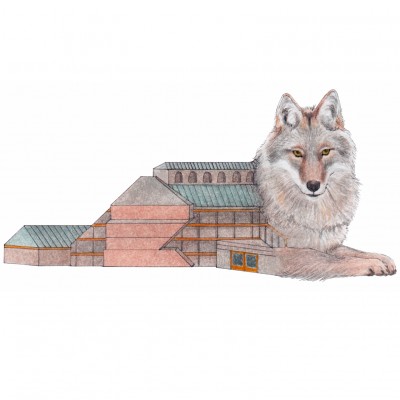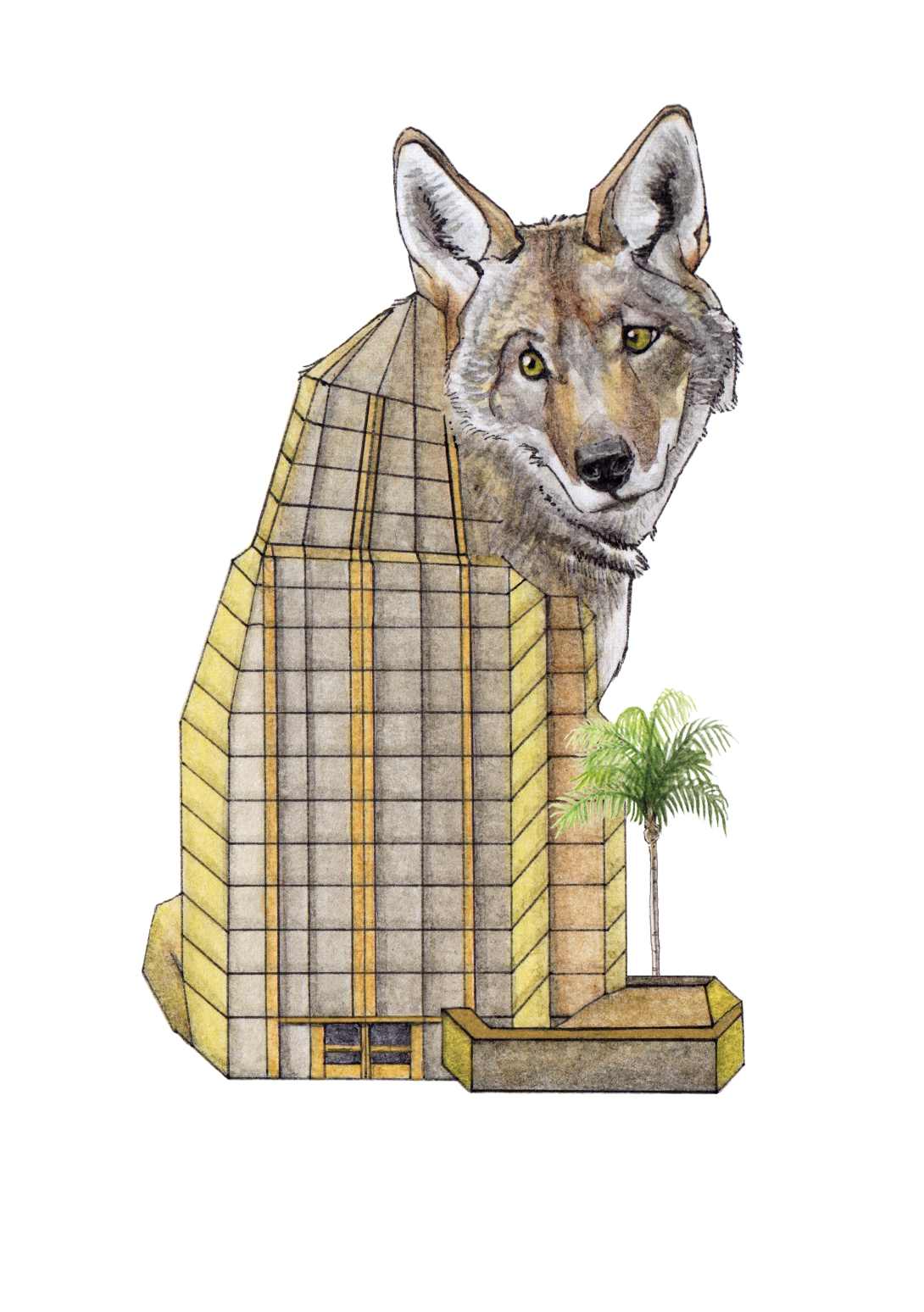
PROJECT SUMMARY
Los Angeles County enjoys rich wildlife diversity in the Santa Monica and San Gabriel Mountains, but little is known about the abundance, biodiversity, and population dynamics of mammals within the built city environment of Los Angeles. Mammals are a charismatic part of ‘nature’, yet public perceptions and interactions with urban mammals have not been characterized in L.A. Wild urban mammals such as raccoons, rats, and opossums can carry diseases transmittable to humans, their pets, or sensitive native wildlife populations. Increased urbanization may lead to increased population size for commensal mammals, which may increase risk of disease transmission to humans. This project consists of four main objectives: (1) to map urban mammalian biodiversity for the LA Biodiversity Atlas; (2) to characterize population dynamics and gene flow within the city for key abundant species using population genomics; (3) to assess locally abundant mammalian wildlife for the presence of pathogens harmful to humans, pets, and other wildlife species; and (4) to understand humans’ perceptions of the values and risks of contact with urban wildlife, through interviewing diverse local experts. The study’s diverse scope provides an unprecedented view of urban mammalian ecology, public health risks, human-animal coexistence, wildlife conflicts and population dynamics in urban Los Angeles.

RESEARCH TEAM
Jessica Lynch
Institute for Society and Genetics, Life Sciences
Anthony Friscia
Integrative Biology and Physiology, Life Sciences
Jamie Lloyd-Smith
Biomathematics, School of Medicine
Ecology and Evolutionary Biology, Life Sciences
Christopher Kelty
Institute for Society and Genetics, Life Sciences
Anthropology, Social Sciences
Information Studies, School of Education
Katherine Prager
Ecology and Evolutionary Biology, Life Sciences
Sarah Helman
Ecology and Evolutionary Biology, Life Sciences
Hazel Byrne
University of Utah, Department of Anthropology


